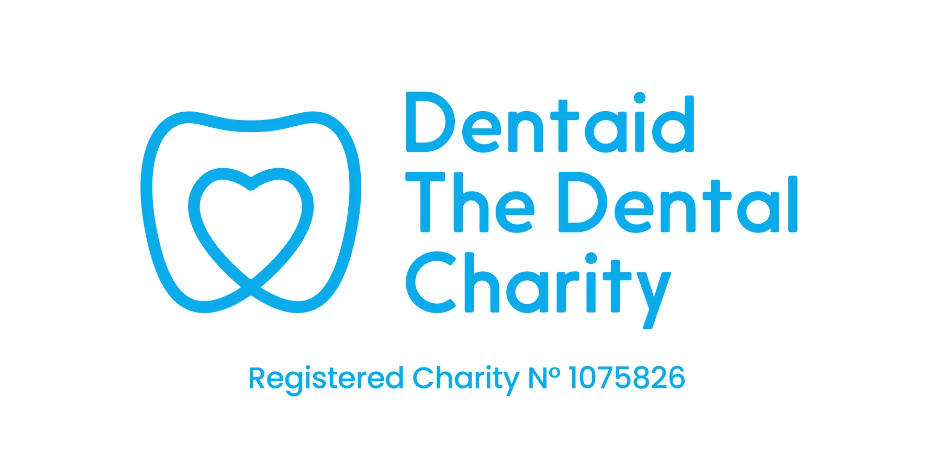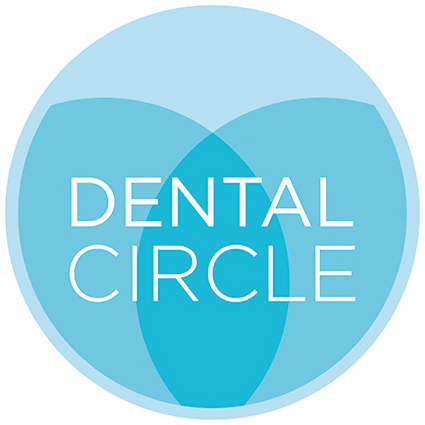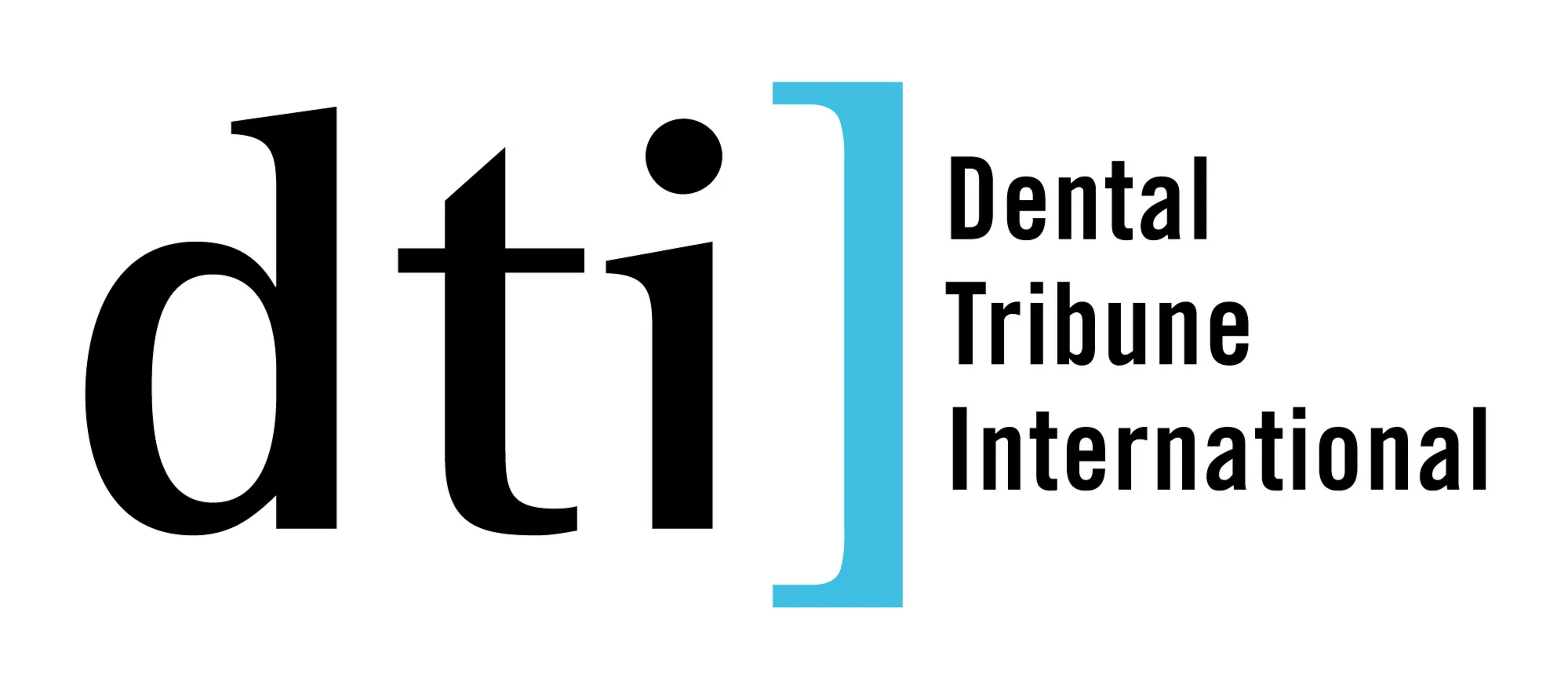The importance of understanding occlusion for career success

Learning Content
This lecture delves into occlusal disease, now recognised as a greater concern than caries and periodontal disease. The session will explore the signs and symptoms of occlusal disease, the medico-legal implications of not addressing it, and the causes of bruxism. Treatment options will be discussed, ranging from minimally invasive composites to full-mouth reconstructions, including the use of Dahl appliances, tooth preparations, and different types of splints.
- Occlusal disease: scope in dentistry
- Causes of wear & treatment with splints, composites, crowns, onlays etc
- Types of occlusal splints
- When to use composite vs ceramic
- What a therapeutic occlusion is and how to achieve it
- Why retruded axis position is a possible for condyles
- Treatment planning between conformative vs reorganised approach
Aims
•Show the signs and symptoms of occlusal disease, now a bigger problem than caries and periodontal disease.
•Discuss medico legal problems with not treating occlusal disease.
•Discuss the causes of bruxism and treatment options for wear including minimally invasive composites all the way up to full mouth reconstructions including Dahl applia

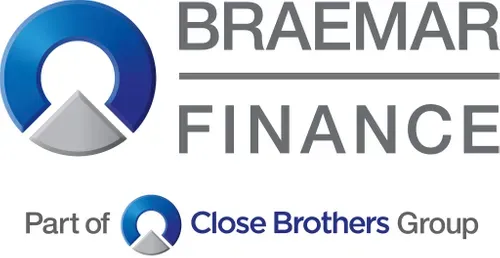


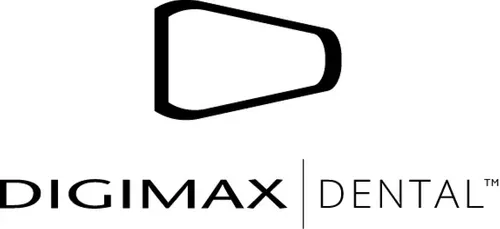


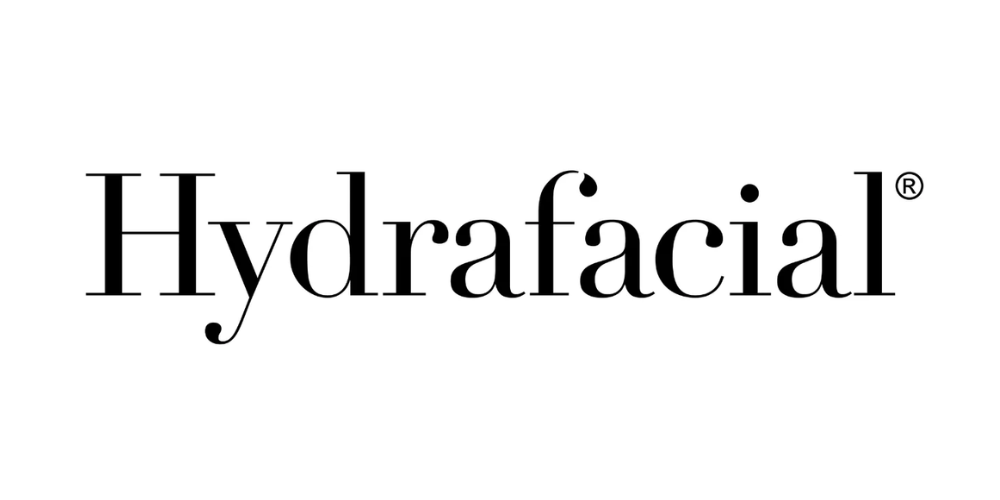
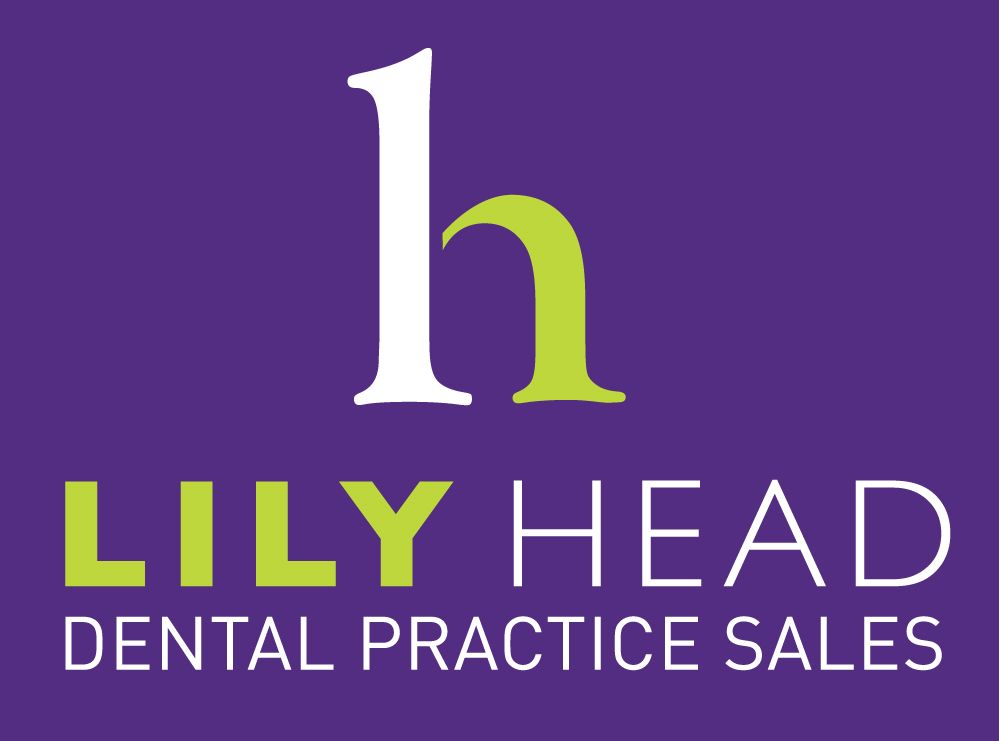







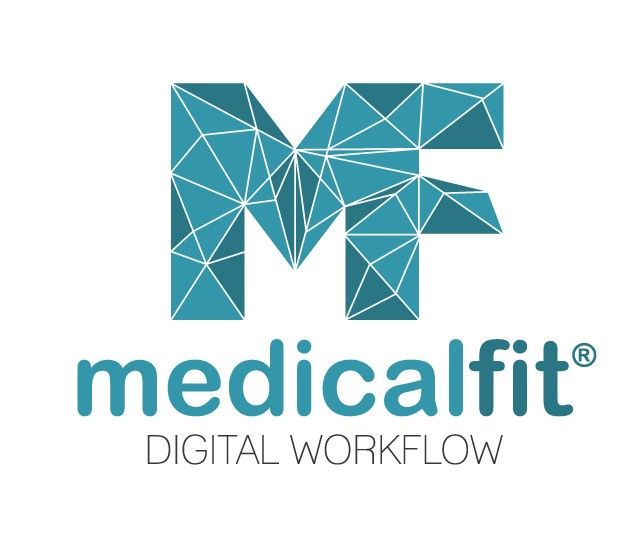


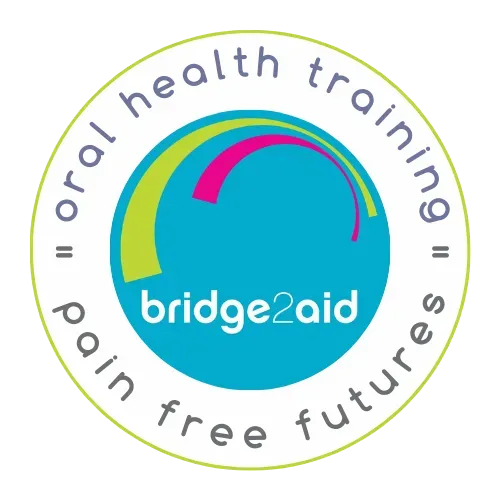
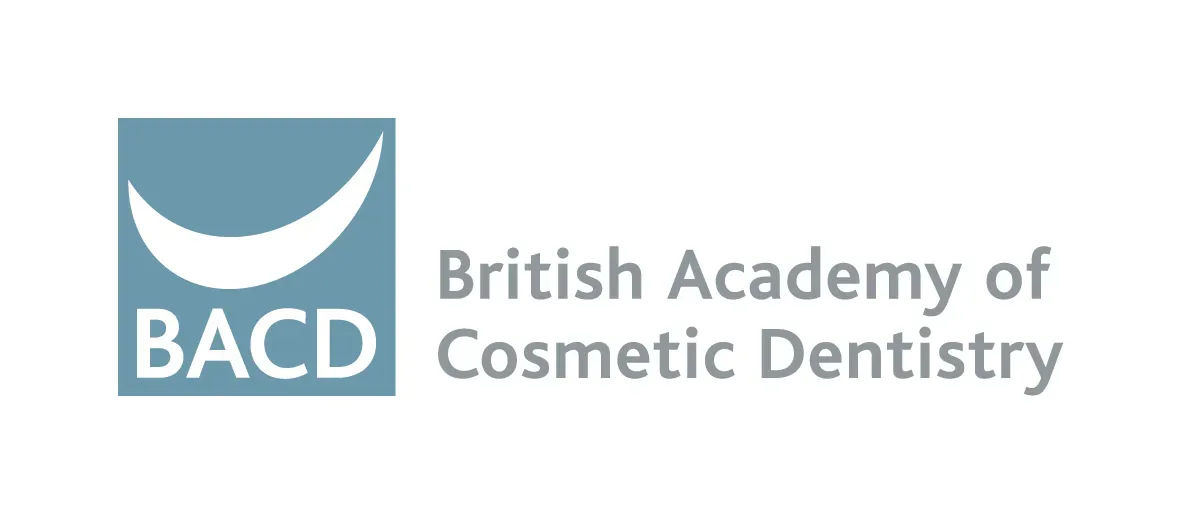
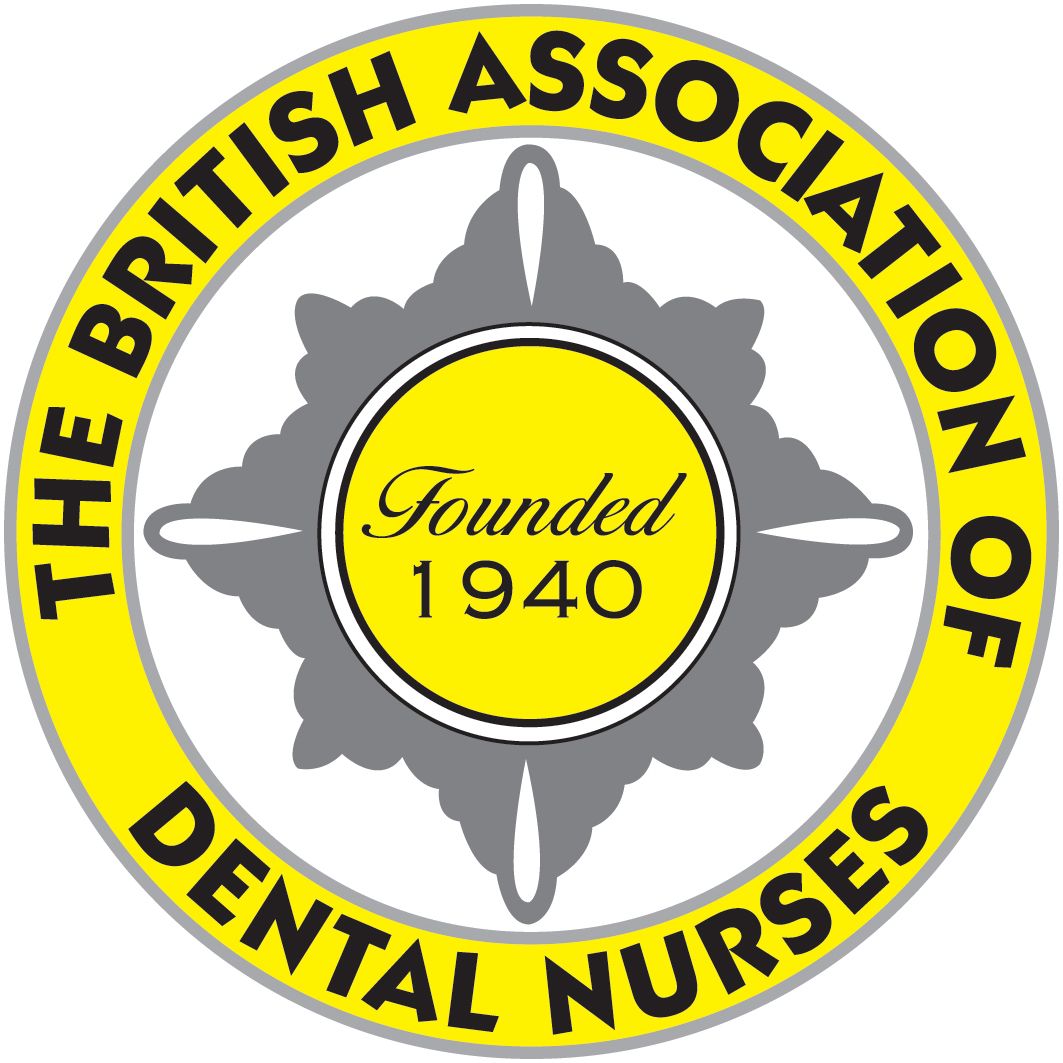
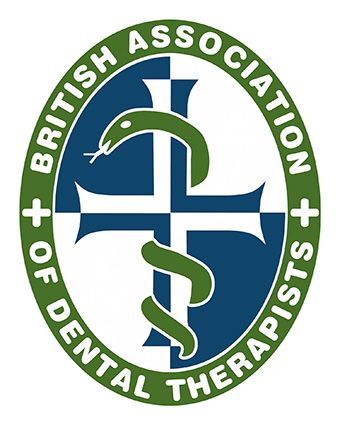
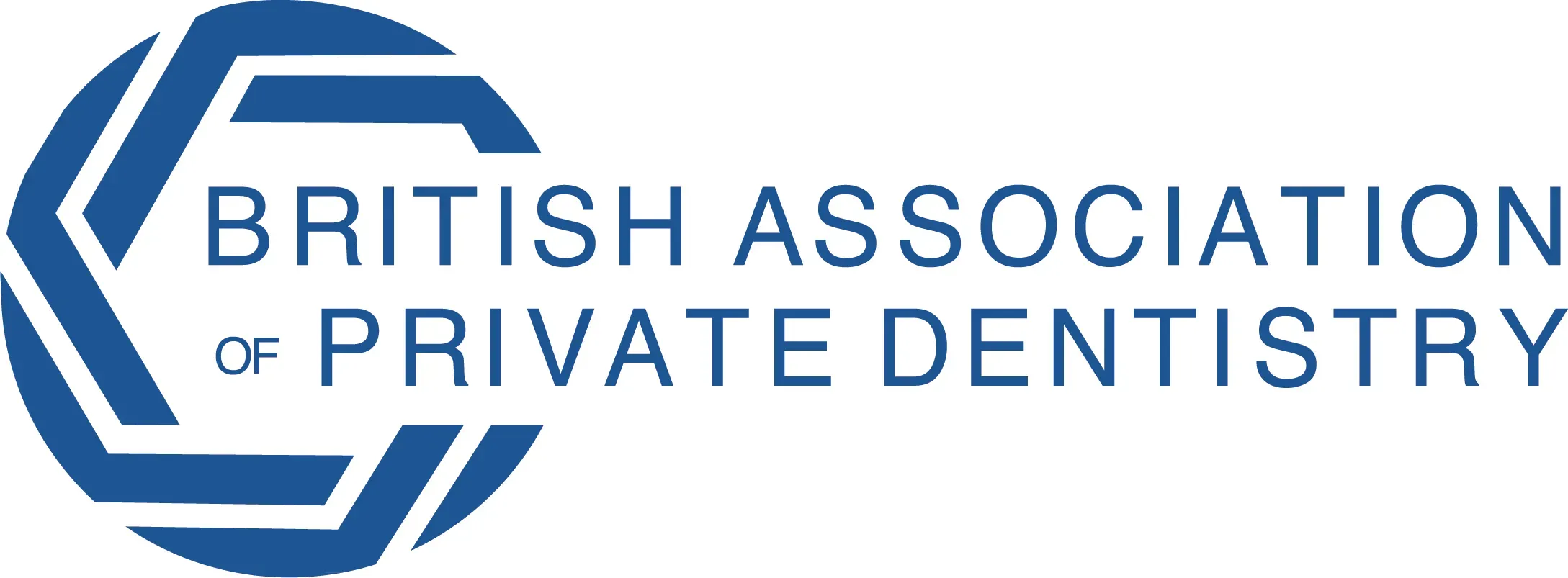
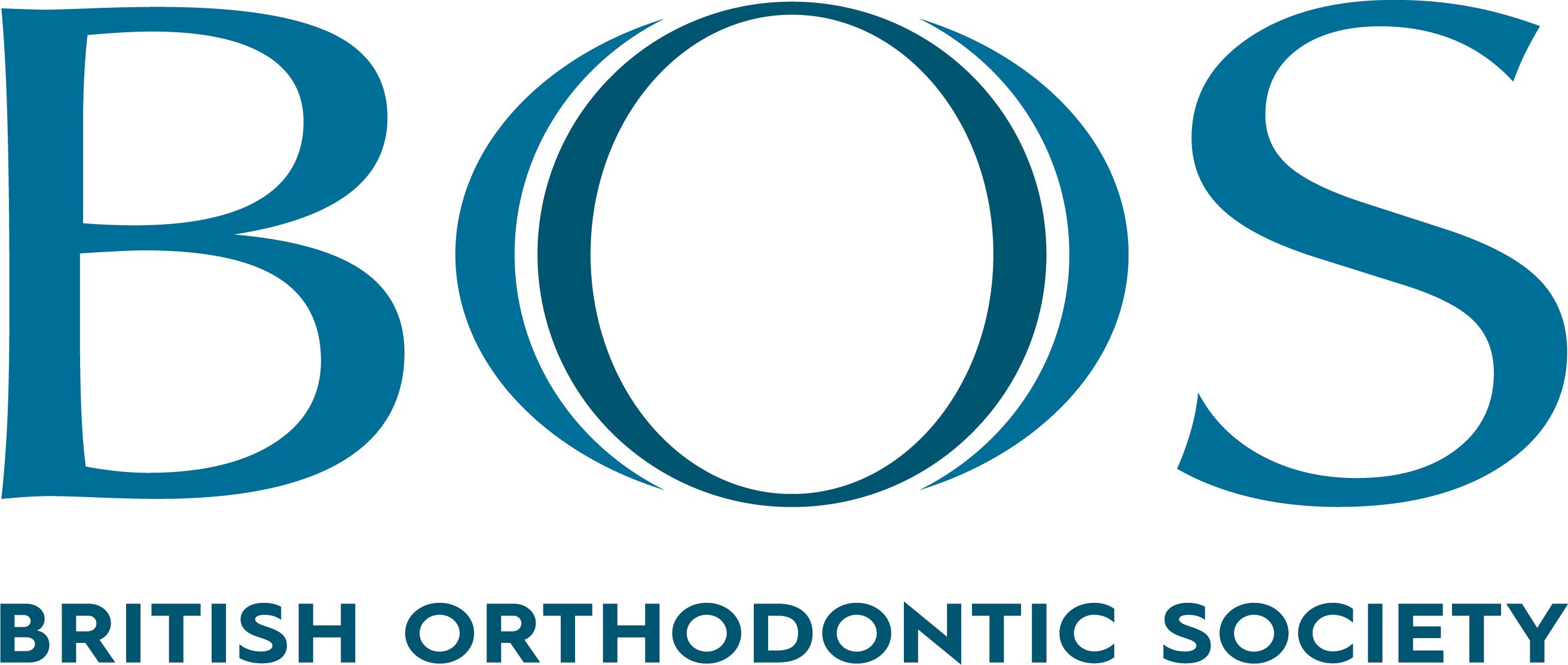
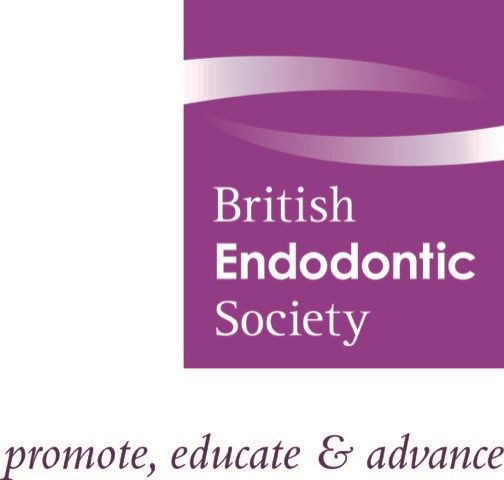
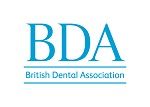


.png)
